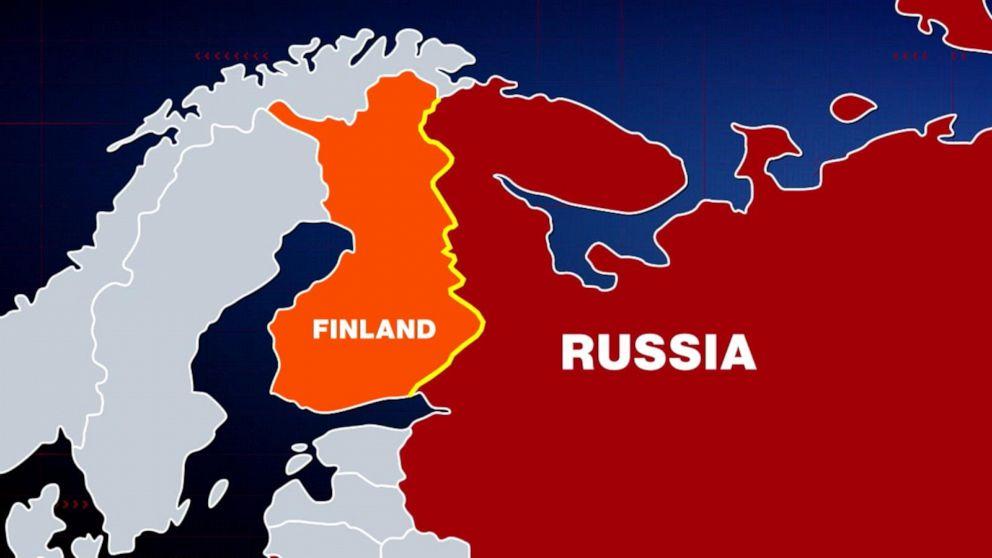Russia located S-300 "Country Air Defense" near the Gulf of Finland
In response to the successful Ukrainian drone strike on the Ust-Luga gas export terminal, Russia’s Air Force has strategically redeployed air defense systems from the S-300P family to bolster the air defenses around St. Petersburg, located where the Neva River flows into the Gulf of Finland.
As witnessed and documented on video by a local inhabitant, the Ukrainian offensive demonstrated a capability to strike targets over 1000 km inside Russian territory, leading to the prompt deployment of one such defense battery, Bulgarian Military reported on January 26.
Despite an impressive track record of the Russian air defenses, the sheer number of small, low-cost drones Ukraine deploys can be overwhelming. Their compact size and cost-efficiency enable their launch in swarms. Even if only a small percentage of these attacks hit their target, the resulting aftermath can greatly surpass operational costs.
What do we know about the S-300P/PT?
Back in 1987, in the vicinity of Moscow, more than 80 units of an innovative system known as the S-300PT were in operation. Each unit was a combination of the 36D6 surveillance radar [also known to NATO as Tin Shield], the 30N6 fire control system [FLAP LID], and the 5P85-1 semi-truck-like launch vehicles. A low-altitude detection radar, the 76N6 [or CLAM SHELL], was commonly part of the setup as well.
Equipped with a passive electronically scanned array radar, the S-300PT system was uniquely able to tackle multiple targets simultaneously through a single fire-control system. The semi-mobile design of the system meant it could be ready to fire in slightly over an hour. However, this convenience came with the drawback of the missile’s hot launch mechanism potentially damaging the transporter erector launcher [TEL].

Domestic and foreign market
The initial concept planned to incorporate a track-via-missile [TVM] guidance system, but this proved unreliable for tracking targets below the height of 500 meters [1,600 ft]. This allowed incoming SEAD aircraft to avoid detection by effectively using terrain masking. Consequently, a command-guidance system was introduced to enhance the monitoring of low-altitude targets. This system helps guide the missile during the initial phase of its flight, allowing the minimum engagement altitude to be reduced to 25 meters [82 ft].
With ongoing enhancements, several sub-versions of the S-300P have been introduced into both domestic and international markets. The S-300PT-1 and S-300PT-1A, both incremental upgrades, utilized the advanced 5V55KD missile utilizing a cold launch method. Not only did this improvement reduce the setup time to half an hour, but it also allowed trajectory optimizations that extended the 5V55KD’s reach up to 75 kilometers [47 mi].
S-300 and S-400
Since 1978, the S-300P system lineage has been in operation, paving the way for the technically advanced versions of the mid-2000s S-400 – earlier known as the S-300 PM-3. The ‘P’ in its name signifies PVO-Strany, translating to Country Air Defense.
The substantial asymmetric value of the system has motivated the Russian Defense Ministry to invest more in purchasing S-400s than in all types of fighter crafts combined. This investment is widely viewed as a catalyst for the reindustrialization of Russia’s air defense base, prompting exceptionally high-volume production unmatched by any other global system.
Originally, the S-300 was devised as a medium-range system with Cold War versions having ranges of less than 100 km. However, its modern modifications in the 1990s, along with innovative and efficient missile designs, have amplified its long-range air defense capability. The 48N6 missile extended its range to 150 km, the 48N6E2 reached up to 200 km, and the latest 48N6E3 variant expanded it to 250 km in the early 2000s.
Replacement of S-200
This striking enhancement in range made it possible to replace the older Soviet S-200 system, which had previously served as the area defense. Despite the S-200’s commendable capabilities and its extensive 300 km engagement range, it was significantly disadvantaged by its static design.
In contrast, the high mobility of the S-300 has greatly aided its survival. It excels in deploying multiple compatible types of air-to-air missiles, enhancing its air defense layers and allowing the use of cost-effective missiles like the 9M96 against nearby or less valuable targets.
Alongside the S-400, a more mobile S-300 variant, the S-300V4, is constructed for army units and is currently manufactured on a smaller scale but incorporates many similar technologies.








